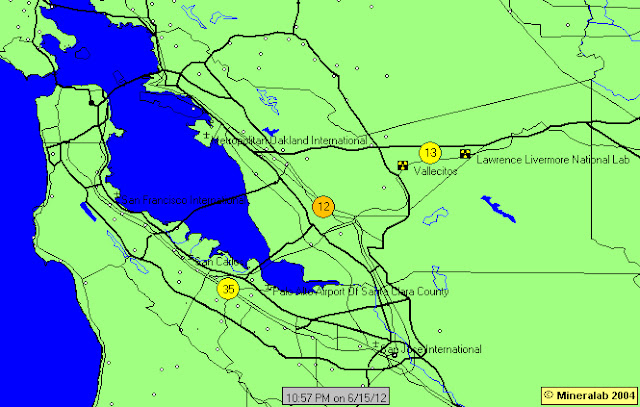Chess for Android v3.3

I just released version 3.3 of Chess for Android, available at Google Play or as direct download . The new features include: Ability to modify filenames of regular and tournament games. Information on network status during socket setup. In the older versions, regular games and tournament games were alway appended to, respectively, the files games.pgn and tour.pgn on SD card. The new feature allows users to change these defaults through a "Change pathnames" menu. The pathnames can even include subdirectories, provides these directories exist. The second feature displays information on the network status during socket setup (mobile connection, Wifi, etc.). In the version without network permissions (the default on Google Play), a proper warning message is shown instead.







